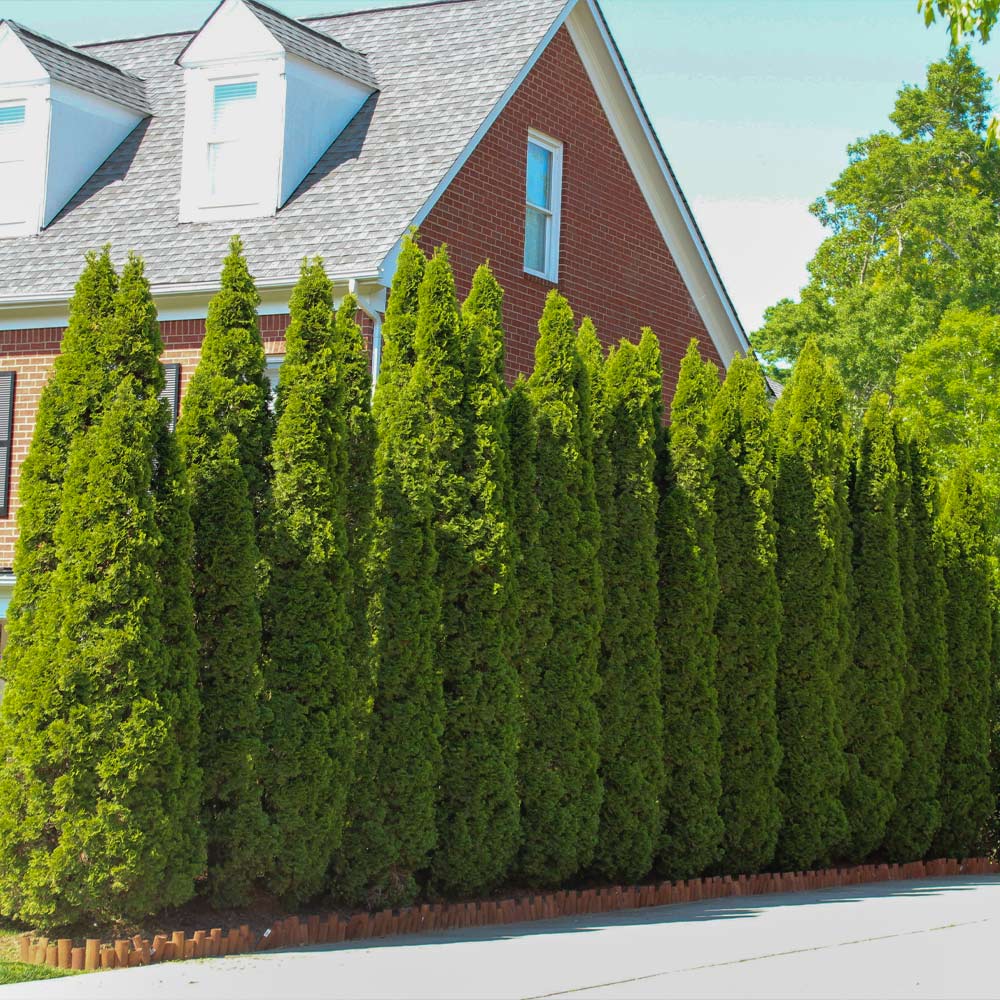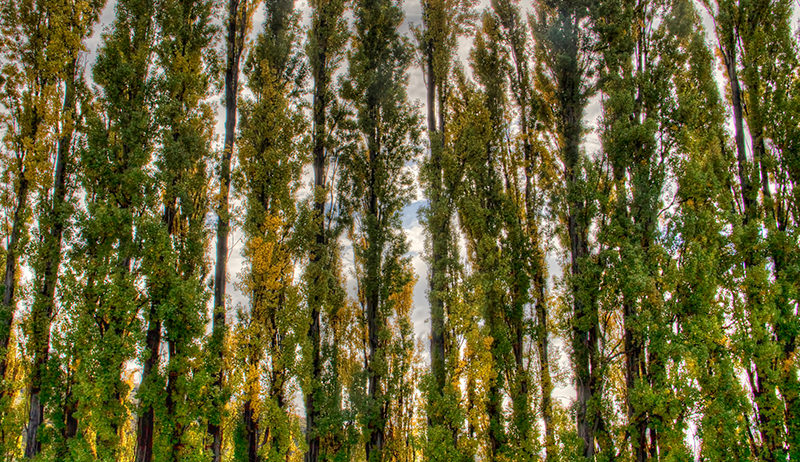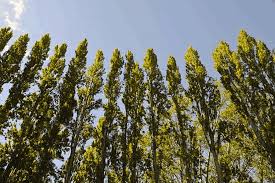Popular on TelAve
- Dr. Frederic Scheer to Speak at Big Sky AI Forum in Bozeman, Montana
- Rep. Gina H. Curry and Dr. Conan Tu Inspire at Kopp Foundation for Diabetes Hybrid Fundraising Gala and National Leadership Forum
- SPOZZ, the Community-Owned Direct-to-Fan Music Ecosystem, adds "BEATS" — a Creator-to-Creator Marketplace
- Mullins McLeod Surges Into SC Governor's Race with $1.4 Million Raised in First Quarter; Most from His Own Commitment, Not Political Pockets
- Los Angeles Community Recovery Investment Fund Launches Innovative Platform
- DAECO Painting Sets the Gold Standard for High-End Interior Painting Services in Denver, CO
- AdvisorVault Releases New Explainer Video on their 17a-4 Managed 365 Service
- Phinge Effect: How Billions in VC Funding Could Shift From Current Tech, AI & App-Store Developers to Fund Third-Party Platform Developers on Netverse
- Applications Now Open for Raymond James Gasparilla Festival of the Arts Emerging Artists Program
- Jaipur's Savista Retreat announces $299 all-inclusive nightly rate for two for the 2026 season, including meals and city-center transfers
Similar on TelAve
- Assent Recognizes Manufacturers for Leading Supply Chain Sustainability Programs
- PDS Plumbing & Air Honors Veterans with "Free Tune-Up & A Turkey" Giveaway
- Precision Adult Care Unveils Essential Guidelines for Choosing a Senior Home Care Company
- Local College Student Launches "Cleopatra" App to Make Cleaning Easy for Mercer County Residents
- GlexScale launches a unified model for sustainable SaaS expansion across EMEA
- Chic and Secure: The Blue Luna Debuts Stylish Keychains with Purpose
- Live Good Leads with Love: Creating Opportunity, Protecting the Vulnerable and Inspiring Hope
- Elite Rooter Creates Jobs and Expands Reach Coast to Coast with New Tampa, FL Plumbing Location
- Paxaterra Global Expands Its Mission to Lead with Soul
- Heritage at South Brunswick Announces New Single-Family Home Collection
Best Plant Varieties for Windbreaks and Shelterbelts
TelAve News/10851181
Windbreaks and shelterbelts were introduced during the Dust Bowl in the United States. They were first implemented in rural areas to prevent wind blowing all the soil away. However, they are also helpful in urban areas.
ALTAMONT, Tenn. - TelAve -- What Is a Windbreak/Shelterbelt?
A windbreak is a linear planting of trees and/or shrubs to lift the wind up and over a field or homestead. A shelterbelt is a grid of trees planted around a field to protect the soil and crops from the wind. I will use windbreak because a shelterbelt is a specific type of windbreak.
Benefits of Windbreaks
Windbreaks do more than just break the wind. When properly designed and cared for, they also control blowing and drifting snow. The snow stops in the windbreak and waters the trees and shrubs that make it up. More meltwater is absorbed by the soil around a wind break, as well. Wildlife will use the windbreak to nest in and seek protection from winter storms. By cutting the wind all year and providing shade in the summer, windbreaks can save energy and heating and cooling costs. Finally, a windbreak serves as a living privacy screen.
Planning a Rural Windbreak
A windbreak in a rural area has more room to spread out than one in an urban area. In rural areas, a windbreak must be planted on two sides of the homestead to present a wedge toward the prevailing wind. First, a row of dense shrubs is planted, then a row of small deciduous trees, then alternating evergreens and deciduous trees, then a row of evergreen trees, and finally, a row of deciduous trees.
More on TelAve News
If the windbreak faces south, east, or west, the inner tree must be shade tolerant or taller than the other trees. Otherwise, it won't get enough sun to thrive. The space between rows should be twenty feet for a total thickness of 100 feet for the whole windscreen.
The spacing within rows varies. Shrubs and perennials in the outside row should be spaced 3-6 feet apart. Small trees should be 10-15 feet apart. Larger trees should be12-20 feet apart. Finally, the evergreen trees should be 20-25 feet apart in the row.
A windbreak for a field under cultivation is similar to one around the homestead. While it may seem that using 100 feet of arable land for a windbreak is a waste, crops have been shown to produce more when there is a windbreak to protect them.
Planning an Urban Windbreak
Most urban lots do not have enough space for a thick windbreak. However, a smaller windbreak with a dense shrub, a moderate-sized deciduous tree, and an evergreen tree can be planted on two sides of a lot to protect the yard from wind and storms. The windbreak will help with energy costs and act as an oasis of habitat for wildlife in the area. Make sure any trees you plant will not get over 20 feet tall if they are under power lines.
Picking Plants
The most effective windbreaks have a mix of different species of perennials, shrubs, and trees. Planting a row of the same plant means that if a disease or pest were to come along, that whole row might be wiped out at once. For example, chestnuts were once planted along streets in a monoculture. When a disease came along that infected chestnut trees, they were killed and then cut down, leaving streets without any shade at all. By mixing species of plants, one disease or pest is unlikely to kill all of the plants at once.
More on TelAve News
Witch Hazel
I would choose A witch hazel tree for the next row of my windbreak. Witch hazel grows in a wide variety of conditions and has a lot of winter interest. It grows 15-20 feet tall and that wide. The flowers are bright yellow and bloom in the fall and winter. They persist after the leaves of the tree fall off.
Sweet Bay Magnolia Tree
The sweet bay magnolia tree is native to the southeastern United States. It is a broad leaf evergreen tree with big, glossy green leaves and big, white flowers. Pollinators love the flowers. This magnolia species grows to 50 feet in most areas but can grow to be 100 feet if the conditions are right. The big white flowers are very fragrant. Birds and small mammals eat the red fruit. Magnolias are messy trees, dropping leaves all year long and dropping flower petals during the time it bloom, but they are such nice trees most people don't mind cleaning up after them.
Care of Windbreaks
Trees and shrubs take three years to establish themselves in a new area. Using native plants means that after the plants are established, you will only have to water during a drought. The first year requires frequent watering while the roots start to grow. The rule of thumb is to water them daily for the first two weeks. Gradually expand the time between watering until you water the plants once a week. After the first year, gradually start watering less until you water the trees deeply every two to three weeks. The third year, water every 3-4 weeks. After that, gradually taper off watering and only water when during a drought.
A windbreak is a linear planting of trees and/or shrubs to lift the wind up and over a field or homestead. A shelterbelt is a grid of trees planted around a field to protect the soil and crops from the wind. I will use windbreak because a shelterbelt is a specific type of windbreak.
Benefits of Windbreaks
Windbreaks do more than just break the wind. When properly designed and cared for, they also control blowing and drifting snow. The snow stops in the windbreak and waters the trees and shrubs that make it up. More meltwater is absorbed by the soil around a wind break, as well. Wildlife will use the windbreak to nest in and seek protection from winter storms. By cutting the wind all year and providing shade in the summer, windbreaks can save energy and heating and cooling costs. Finally, a windbreak serves as a living privacy screen.
Planning a Rural Windbreak
A windbreak in a rural area has more room to spread out than one in an urban area. In rural areas, a windbreak must be planted on two sides of the homestead to present a wedge toward the prevailing wind. First, a row of dense shrubs is planted, then a row of small deciduous trees, then alternating evergreens and deciduous trees, then a row of evergreen trees, and finally, a row of deciduous trees.
More on TelAve News
- $430 Million 2026 Revenue Forecast; 26% Organic Growth; $500,000 Stock Dividend Highlight a Powerful AI & Digital Transformation Story: IQSTEL $IQST
- Wzzph Deploys 5-Million-TPS Trading Engine with Hot-Cold Wallet Architecture Serving 500,000 Active Users Across Latin America
- Preston Dermatology & Skin Surgery Center and Dr. Sheel Desai Solomon Dominate Raleigh's Best Awards from The News & Observer
- $73.6 Million Multi-Year Backlog and Florida State Term Contract Drive Momentum for AI-Cybersecurity Pioneer: Cycurion, Inc. (N A S D A Q: CYCU) $CYCU
- Year-Round Deals for Customers With Square Signs
If the windbreak faces south, east, or west, the inner tree must be shade tolerant or taller than the other trees. Otherwise, it won't get enough sun to thrive. The space between rows should be twenty feet for a total thickness of 100 feet for the whole windscreen.
The spacing within rows varies. Shrubs and perennials in the outside row should be spaced 3-6 feet apart. Small trees should be 10-15 feet apart. Larger trees should be12-20 feet apart. Finally, the evergreen trees should be 20-25 feet apart in the row.
A windbreak for a field under cultivation is similar to one around the homestead. While it may seem that using 100 feet of arable land for a windbreak is a waste, crops have been shown to produce more when there is a windbreak to protect them.
Planning an Urban Windbreak
Most urban lots do not have enough space for a thick windbreak. However, a smaller windbreak with a dense shrub, a moderate-sized deciduous tree, and an evergreen tree can be planted on two sides of a lot to protect the yard from wind and storms. The windbreak will help with energy costs and act as an oasis of habitat for wildlife in the area. Make sure any trees you plant will not get over 20 feet tall if they are under power lines.
Picking Plants
The most effective windbreaks have a mix of different species of perennials, shrubs, and trees. Planting a row of the same plant means that if a disease or pest were to come along, that whole row might be wiped out at once. For example, chestnuts were once planted along streets in a monoculture. When a disease came along that infected chestnut trees, they were killed and then cut down, leaving streets without any shade at all. By mixing species of plants, one disease or pest is unlikely to kill all of the plants at once.
More on TelAve News
- SecurePII Raises US$3.5M (A$5M) to Unlock AI and Compliance for Voice Data and Expands Global Presence
- Peter Coe Verbica Stands with Rural Families and Horse Owners: "Keep Horses Classified as Livestock"
- The Mobile-First Company Raises $12M to Build Simple, Powerful Software for Small Teams
- Lick Pineapple Flavored Massage Oil Outperforming and Enticing
- Cerberus ODC in Collaboration with NVIDIA Launches All-American AI-RAN Stack, Enabling AI-Native 5G Today and Accelerating the Path to 6G
Witch Hazel
I would choose A witch hazel tree for the next row of my windbreak. Witch hazel grows in a wide variety of conditions and has a lot of winter interest. It grows 15-20 feet tall and that wide. The flowers are bright yellow and bloom in the fall and winter. They persist after the leaves of the tree fall off.
Sweet Bay Magnolia Tree
The sweet bay magnolia tree is native to the southeastern United States. It is a broad leaf evergreen tree with big, glossy green leaves and big, white flowers. Pollinators love the flowers. This magnolia species grows to 50 feet in most areas but can grow to be 100 feet if the conditions are right. The big white flowers are very fragrant. Birds and small mammals eat the red fruit. Magnolias are messy trees, dropping leaves all year long and dropping flower petals during the time it bloom, but they are such nice trees most people don't mind cleaning up after them.
Care of Windbreaks
Trees and shrubs take three years to establish themselves in a new area. Using native plants means that after the plants are established, you will only have to water during a drought. The first year requires frequent watering while the roots start to grow. The rule of thumb is to water them daily for the first two weeks. Gradually expand the time between watering until you water the plants once a week. After the first year, gradually start watering less until you water the trees deeply every two to three weeks. The third year, water every 3-4 weeks. After that, gradually taper off watering and only water when during a drought.
Source: TN Nursery
0 Comments
Latest on TelAve News
- Boston Industrial Solutions Unveils New and Improved Natron® UV Screen Printing Ink
- Genuine Smiles Unveils New User-Friendly Website
- Nusign Global Launch Event Concludes Successfully, Embarking on a New International Chapter
- Lift Solutions Holdings Announces Exclusive Distributorship for Advanced Camera and Sensor Products from Automate Matrix
- Political Division and Safety Concerns Drive Record Number of Americans to Seek "Golden Visas," La Vida Survey Finds
- The Citizens Commission on Human Rights of Florida Celebrates Volunteers and Community Partners at the 9th Annual Humanitarian Awards Banquet
- J French's #1 Album "I Don't Believe in Bad Days" Enters the Grammy Conversation
- Words of Veterans & Veterans Growing America Collaboration
- Mature Athlete - Want Elite, Web-Based Nutrition and Training Coaching?
- Engaged at Any Age: 73-Year-Old Client Finds True Love Through Elite Asian Matchmaker
- Launch of Professional Private Autopsy Services to Support Families, Professionals, and Researchers
- He Started a New Career at 77; Maybe Not His Last
- "The Art of Philanthropy" — A Year-Long Campaign Supporting the USO and Military Veterans
- TRUE Palliative Care Launches as California Strengthens Commitment to Compassionate Care Under SB 403
- Cell Tower AI Launches AI Platform Powered by ChatGPT to Disrupt the Cell Tower Industry
- Mysterious Interstellar Object 3I/ATLAS Appears to Pause Near Mars, Exhibiting Periodic Light Pulses
- $73.6 Million in Order Backlog Poised for Explosive Growth in 2026; Streamlined Share Structure: Cycurion, Inc. (N A S D A Q: CYCU) $CYCU
- Osric Langevin Unveils "Quantitative Trend" Framework for Multi-Asset Analysis in Q4 2025
- Experience Days Named Among the UK's Top Christmas Gifts
- New Free Educational Bingo Cards Make Learning English Fun for First Graders



